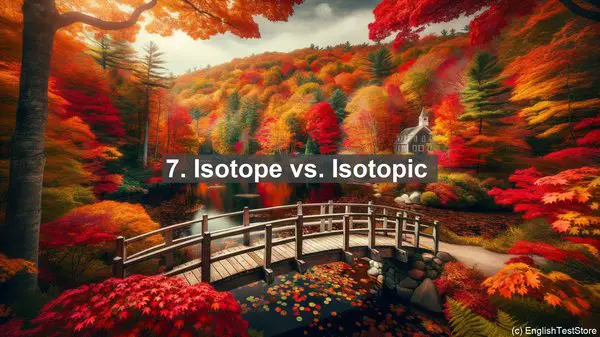Introduction to the World of Geobiology
Hello everyone, and welcome to our geobiology lesson. Today, we’re going to address a topic that often trips up even the most seasoned geobiologists: commonly confused words. These terms may seem similar, but their meanings can be vastly different. So, let’s get started!
1. Fossil vs. Fossilization
The first pair of words that often causes confusion is ‘fossil’ and ‘fossilization.’ While ‘fossil’ refers to the preserved remains of a once-living organism, ‘fossilization’ is the process by which organic material is transformed into a fossil. Remember, ‘fossil’ is the noun, and ‘fossilization’ is the verb.
2. Biomineralization vs. Mineralization
Next up, we have ‘biomineralization’ and ‘mineralization.’ These terms are often used interchangeably, but they have distinct meanings. ‘Biomineralization’ refers to the process by which living organisms produce minerals, while ‘mineralization’ is the general formation of minerals, which can occur with or without biological involvement.

3. Stratigraphy vs. Sedimentology
Moving on, let’s clarify the difference between ‘stratigraphy’ and ‘sedimentology.’ ‘Stratigraphy’ is the study of rock layers and their arrangement, while ‘sedimentology’ focuses on the characteristics, origins, and processes of sediments. In simple terms, ‘stratigraphy’ is about the layers, and ‘sedimentology’ is about the particles within those layers.
4. Diagenesis vs. Metamorphism
Now, let’s delve into ‘diagenesis’ and ‘metamorphism.’ Both terms describe changes that occur in rocks, but they happen under different conditions. ‘Diagenesis’ refers to alterations in sedimentary rocks at relatively low temperatures and pressures, while ‘metamorphism’ involves changes in any type of rock due to high temperatures and pressures.
5. Paleontology vs. Paleobiology
In the realm of ancient life, ‘paleontology’ and ‘paleobiology’ are often used interchangeably, but they have distinct focuses. ‘Paleontology’ is the study of ancient life through fossils, while ‘paleobiology’ encompasses a broader range, including the biology, ecology, and evolutionary aspects of ancient organisms.
6. Taphonomy vs. Thanatology
When it comes to the study of what happens to an organism after death, confusion can arise between ‘taphonomy’ and ‘thanatology.’ ‘Taphonomy’ examines the processes that affect an organism’s remains, such as decay, transport, and burial. On the other hand, ‘thanatology’ is the study of death itself, including its biological, psychological, and sociological aspects.
7. Isotope vs. Isotopic
The terms ‘isotope’ and ‘isotopic’ are often used together, but they have different roles. An ‘isotope’ is a variant of an element with a different number of neutrons, while ‘isotopic’ refers to the ratios of different isotopes in a sample. So, ‘isotope’ is the noun, and ‘isotopic’ is the adjective.
8. Biota vs. Bioturbation
Let’s now clarify the distinction between ‘biota’ and ‘bioturbation.’ ‘Biota’ refers to the total living organisms in a given area or time period, while ‘bioturbation’ is the mixing and reworking of sediments by organisms. In essence, ‘biota’ is the community, and ‘bioturbation’ is the activity within that community.
9. Microfossil vs. Macrofossil
When examining ancient life, geobiologists encounter ‘microfossils’ and ‘macrofossils.’ As the names suggest, ‘microfossils’ are tiny, often microscopic remains, while ‘macrofossils’ are larger, visible remains. Both types provide valuable insights, but they require different techniques and approaches for study.

10. Biogeography vs. Paleogeography
Lastly, let’s differentiate between ‘biogeography’ and ‘paleogeography.’ ‘Biogeography’ is the study of the distribution of organisms in space and time, while ‘paleogeography’ focuses on the ancient geographic features, such as landmasses and oceans. In short, ‘biogeography’ is about the organisms, and ‘paleogeography’ is about the land.
